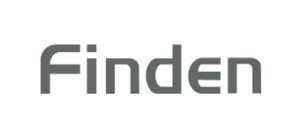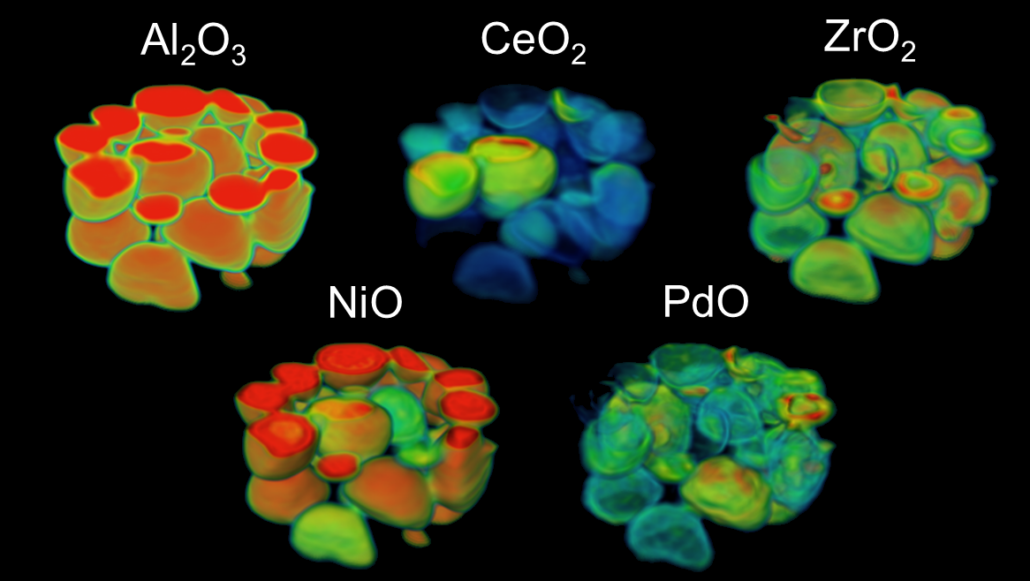Case Study: Arriving at five dimensional diffraction imaging
Companies involved:
Finden Ltd, University College London, ESRF
Challenge:
Heterogeneous functional materials and devices, like catalytic solids, batteries and fuel cells tend to possess complex structures where the 3D spatial distribution of the various components is rarely uniform. Such materials are known to change with time under operating conditions and in order to gain an insight into the structure-function relationships, it is highly desirable to study them in situ with spatially-resolved techniques.
Sample:
Ni-Pd/CeO2-ZrO2/Al2O3 fixed bed reactor
Solution:
We contributed in the development of a new data collection strategy that minimizes the dead time of the measurement. This technical advancement allowed us to collect XRD-CT datasets in matter of minutes as opposed to the 10s of minutes using conventional approaches. This development allows us to study complex materials system in 3D and under real process conditions. We demonstrated this by investigating a complex multi-component Ni-Pd/CeO2-ZrO2/Al2O3 solid catalyst under different operating conditions. For example, we are able to discriminate between different crystalline phases present in this multi-component sample and the Rietveld analysis of the obtained diffraction data allows us to map the distribution maps of these phases.
Benefits:
This new approach is useful for both in situ and static measurements. For example, Finden clients can benefit from the acquisition and analysis of 3D volumes of static samples rather than conventional 2D “slices”.
Further reading:
5D operando tomographic diffraction imaging of a catalyst bed. A. Vamvakeros, S. D. M. Jacques, M. Di Michiel, D. Matras, V. Middelkoop, I. Z. Ismagilov, E. V. Matus, V. V. Kuznetsov, J. Drnec, P. Senecal and A. M. Beale. Nature Communications (2018) 9, 4751.
The research project receives funding from the European Community‘s Framework Programme for Research and Innovation Horizon 2020 (2014-2020) under grant agreement no. 679933.
Read more about our team and further publications.


